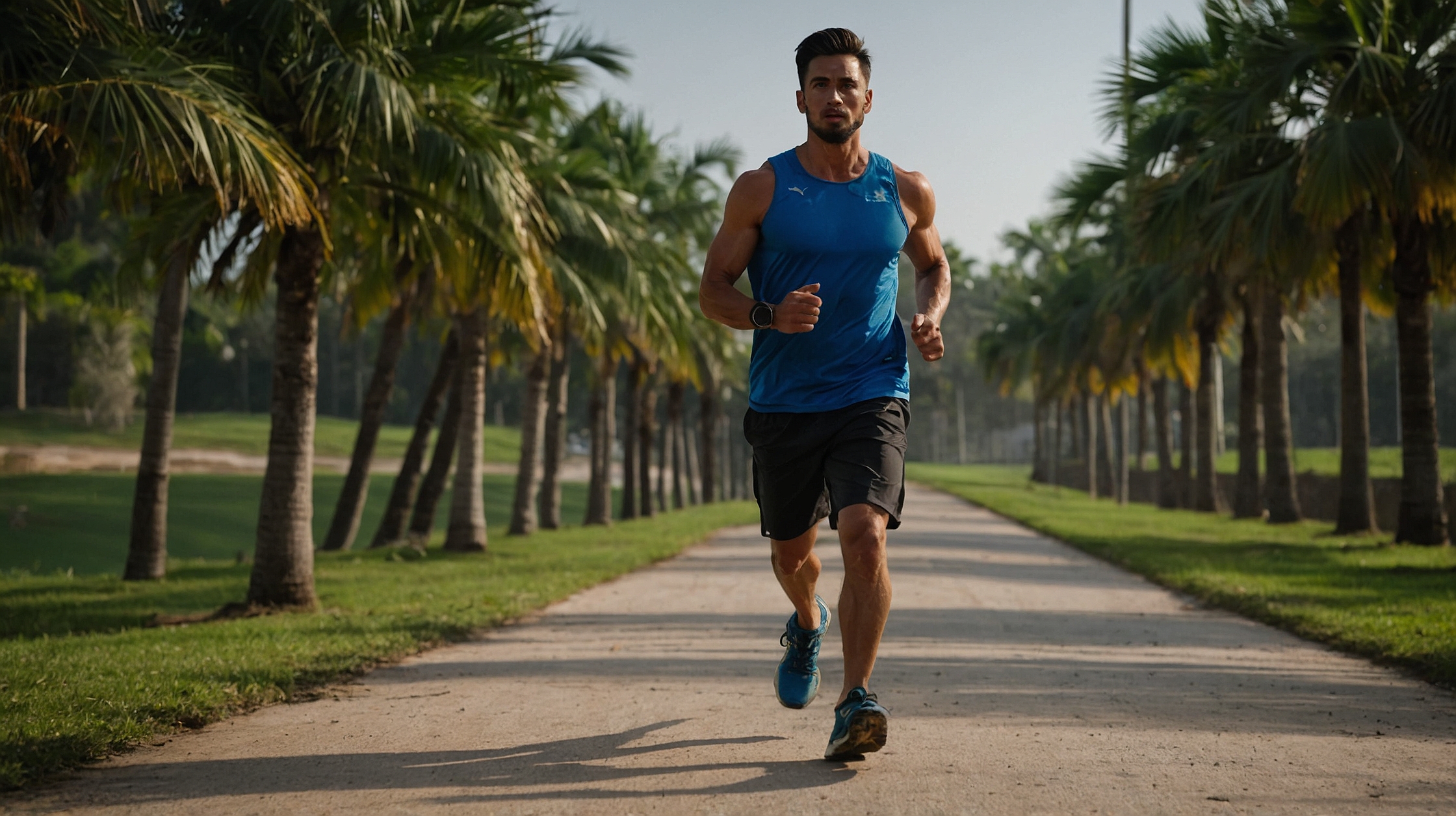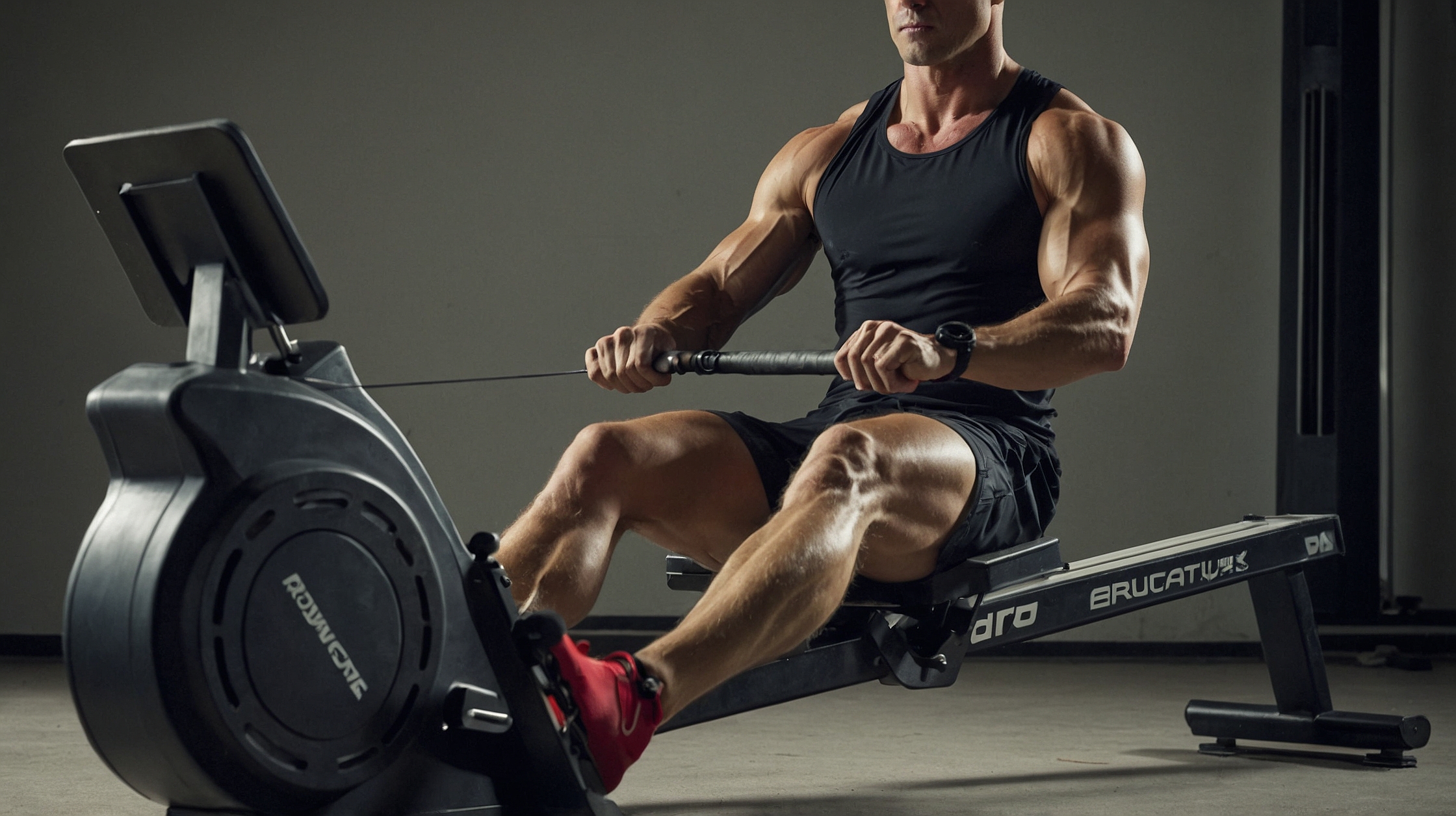Low-Impact Workout
Recent water exercise research shows amazing results: post-menopausal women dealing with knee osteoarthritis moved faster and lost real weight after just four months of pool training. This research finding proves exactly why low-impact workouts bring such great results for people at every single fitness level. Your body gets stronger without joint stress through gentle movements that really work.
Low-impact workouts bring excellent fitness results, particularly when joints need special care or you’re taking your first steps into exercise. Your strength and stamina grow just as much as with intense workouts, while your whole body feels better day after day. Swimming laps and cycling rides help both exercise beginners and experienced athletes build real strength and lasting endurance.
Take your first steps toward better health with low-impact workouts that perfectly match your personal fitness goals. Watch your muscles grow stronger, see the pounds drop off, or maintain your healthy lifestyle – these beginning exercises build your foundation for success. Your body receives every benefit of movement while keeping your joints safe and protected from unnecessary strain or stress.
Understanding Low-Impact Workouts and Their Benefits
People everywhere choose low-impact workouts today. Your body stays fit while your joints stay safe during these exercises. Athletes healing from injuries and active seniors find these movements perfect for their needs.
What Makes Exercise Low-Impact
Your joints stay protected during low-impact moves since one foot always touches the ground. Swimming laps and cycling rides strengthen your heart without stressing your body. Your fitness improves while your joints stay comfortable.
Benefits for Joint Health
Strong, flexible joints help you stay active throughout life. Research tracked middle-aged and older adults with osteoarthritis who swam or cycled for 12 weeks. Their joints moved better and grew stronger without any damage.
Accessibility Across Fitness Levels
Your fitness level or age never limits low-impact exercise. These workouts help:
- First-time exercisers starting their fitness path
- People working through post-injury rehabilitation
- Elderly fitness fans staying strong and active
- Anyone needing gentle moves for joint care or health conditions
Walking 9,800 steps daily cuts your dementia risk by 51%. Simple activities like daily walks bring big health improvements.
Walking and Power Walking for Cardiovascular Health
Walking strengthens your heart while helping with weight management, though many ignore this simple exercise. Your body and mind get healthier with each step forward. Take a walk today and watch your fitness improve.
Proper Walking Techniques
Your walking form makes all the difference. Stand tall, drop your shoulders, and let your arms move freely. Skip the treadmill handrails to build core strength and better balance. Pick up your pace to push your heart rate up and burn more calories.
Intensity Modification Methods
Make your walks work harder by:
- Taking hills on treadmills or outdoor paths
- Moving faster in short bursts
- Adding more distance each week Watch a casual stroll turn into powerful cardio that controls weight.
Health Benefits of Regular Walking
Daily walks transform your health:
- Cut heart disease risk 50% through brisk walking
- Lower stroke risk 40% when postmenopausal women walk 30 minutes
- Burn 300 calories each hour at 150 pounds
- Keep your brain sharp and memory strong
- Find stress relief and better moods
Walk 30 minutes daily to gain these benefits and boost your health.
Swimming and Water-Based Exercises
Swimming and pool exercises protect your joints while helping you lose weight. Your whole body gets stronger as water supports your movements. People with arthritis or injuries find relief since water takes pressure off their joints.
Pregnant women build strength safely in the pool. Their muscles grow stronger and hearts work better without any strain. Even short pool sessions bring real results.
Your water workout follows this plan:
- Warm up 5 minutes
- Work out one minute in waist- or chest-deep water
- Rest 15 to 30 seconds
- Complete 3 sets or 30 minutes total
Each exercise needs 10 repetitions in each of three sets. Try flutter kicks, squat jumps, and foam dumbbell moves to work different muscles and drop pounds.
Research shows people with knee osteoarthritis move better in pools than on land. Water exercises build leg strength faster than walking paths for older adults too.
Drink plenty during pool time and grab float aids if needed. Watch for signs to rest: dizziness, hard breathing, or chest pain mean time to take a break. The pool keeps you strong when you play it safe.

Rowing and Rowing Machine Workouts
Rowing builds full-body strength while protecting your joints. Your muscles grow stronger and heart works harder with every stroke. Push yourself hard without stressing your body.
Proper Rowing Form
Start each stroke right to get the most power. Bend your legs and straighten your arms at the catch. Push through legs first, tilt back slightly, then pull straight to your chest.
Send the handle back by following this path backwards. Your muscles work together, building core strength with every move.
Workout Programming
Your rowing gets tougher as you grow stronger. New rowers start with steady pulls at 18-24 strokes each minute for 20-30 minutes. Experienced rowers add speed bursts.
Push hard for one minute at 24-30 strokes per minute, then recover 30 seconds at 16-20 strokes per minute during HIIT sessions.
- Row steady: 20-30+ minutes keeping 18-24 SPM
- Cover distance: Row 2,500 to 10,000 meters
- Mix speeds: 8 hard minutes + 8 half-minute breaks
Benefits for Core Strength
Each rowing stroke works abs, side muscles, and lower back better than typical cardio. Keep your spine tall while pulling to work your middle harder.
Back pain fades and posture improves when you row regularly.
Test your strength with the 5-Minute Power Mix: Row 200 meters fast, then hold plank with knee pulls. Your abs burn while your heart pumps hard.

Elliptical Training and Cross-Training Options
Your joints stay safe while burning calories on elliptical machines. Each stride builds fitness and works muscles throughout your body, supporting weight management without stress or strain.
Machine Settings and Programs
Turn dials to match your perfect workout level on the elliptical. Pick higher resistance or steeper climbs based on your goals. Built-in programs guide you toward better fitness.
Push pedals at 85-90 turns per minute. Dial resistance up or down until muscles work just right.
Upper Body Integration
Ellipticals build arm and leg strength together. Grab those moving handles to strengthen arms, shoulders, and back muscles. Your whole body works harder, burning more calories with every move.
Workout Variations
Mix up your elliptical rides with different moves:
- Long, steady rides build endurance
- Fast and slow switches melt fat
- Heavy resistance builds muscle
Injured athletes and first-time exercisers move safely on ellipticals. Stand straight, hold handles firmly, and watch strength grow with each session.








Conclusion
Your body grows stronger through low-impact workouts at any fitness level. Joints stay protected while health improves each day. Walking, cycling, swimming, and yoga build strength safely.
Your heart grows stronger, muscles develop, and flexibility increases with each session. First-time exercisers, seniors, and injury recovery patients move safely through elliptical rides, rowing strokes, and Pilates moves.
Push hard during low-impact training to see real results. Strong bones, better balance, and peaceful moments come from gentle movements. Your fitness goals become reality through safe, steady progress.
FAQs
What are low-impact workouts?
Your joints stay safe during low-impact moves. Skip jumping and slamming – keep feet touching ground instead. Build heart strength and muscle power while protecting every joint.
Who can benefit from low-impact workouts?
These workouts help everyone move better. Beginners build strength safely, while injured folks heal steadily. Seniors stay active, pregnant women keep fit, and skilled athletes gain power. Each person burns calories and grows stronger.
What are some examples of low-impact exercises?
Walk paths, swim laps, ride bikes, stretch through yoga, build core with Pilates, or pull rowing machines. Try resistance bands for strength without strain. Each move builds muscle while protecting joints.
Can low-impact workouts be intense and effective for weight loss?
Swimming fast, cycling hard, and rowing powerfully melts pounds quickly. Add speed bursts or extra resistance to burn more calories. Watch weight drop through steady, safe movement.
How often should I do low-impact workouts?
Move 150 minutes at medium speed or 75 minutes at high speed weekly. Build strength twice each week too. Talk with doctors or trainers about what fits your body best.
Are low-impact workouts suitable for rehabilitation after an injury?
Gentle moves help healing bodies stay strong. Keep fitness while injured spots recover. Check with doctors or physical therapists before starting post-injury workouts.
How can I make my low-impact workouts more challenging?
Push harder by: 1. Moving longer 2. Adding weights or bands 3. Mixing fast and slow moves 4. Picking up speed 5. Taking hills 6. Trying tougher moves. Build slowly, keep form perfect.
Can low-impact workouts improve cardiovascular health?
Quick walks, steady swims, bike rides, and rowing strengthen hearts naturally. Blood pressure drops, cholesterol improves, and heart disease risk falls with regular movement.
Are low-impact workouts suitable for prenatal fitness?
Pregnant women move safely through swimming, walking, special yoga, and gentle cycling. Hearts grow stronger while bodies stay protected. Let doctors guide your pregnancy workout choices.
How do low-impact workouts contribute to stress relief?
Gentle moves bring deep stress relief. Yoga breaths calm minds while Pilates builds focus. Walking and swimming release happy hormones. Watch tension melt away through smooth, steady movement.
